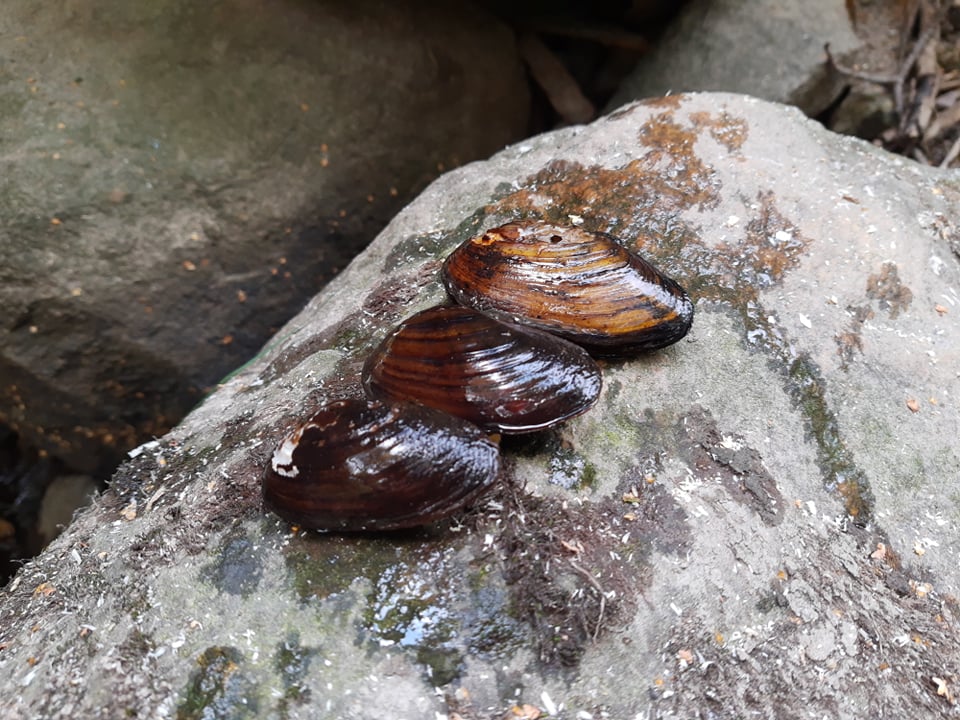Results showed that smaller mussels are harder to find than larger. That juveniles mussels are detected less is probably due to two reasons. They have a smaller surface area and most of the time they are burrowed deep in the substate. Most juvenile mussels are burrowed in the substrate until they become adults, so about 4 years is when they stop being as much burrowed in the substrate, which is the size of about 30 mm.
Even though I expected that juveniles were harder to find, I did tough expect that environmental factors would have more of an effect. This is though probably due to hot spot sampling leading to that almost always an inventory leads to finding 1 mussel of a size and leads to no effect from environmental factors due to “perfect” detection of finding one size of a mussel.
Juveniles are less reported, but this doesn’t mean it is the only reason to the observed skewed size distribution. As noted in the result section, the estimated annual juvenile survival showed a similar look as to the theory about source-sink dynamics. This means that there are sources that contributes to the reproduction of mussels and that juveniles and adults migrate to sink populations. This follows what others have seen for freshwater mussels when it comes to peripheral and core areas. Therefore, I suggest that most of the19 populations in this report are what is called peripheral areas rather than core areas and that most core areas have not been inventoried for length values.
Conclusions
Juvenile mussels are less often found compared to adults; this is something todays monitoring programs is going to need to keep in mind to better understand mussel population health. Monitoring programs also needs better understand if a population is a peripheral area or a core area. This will help understand if core Unio crassus populations also have skewed age distributions and where resources should be allocated to help this species.
